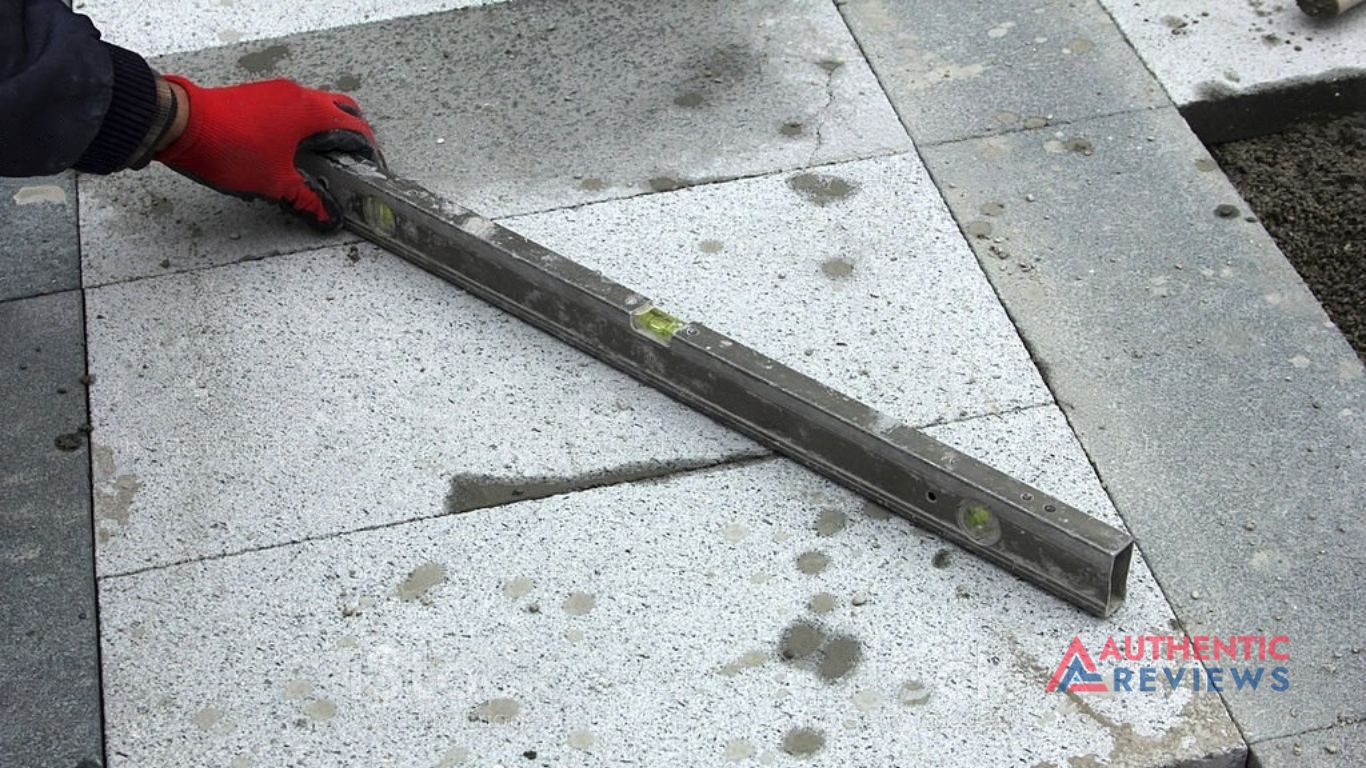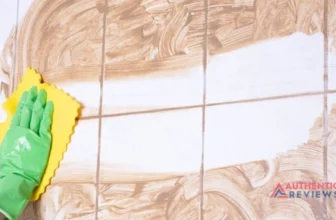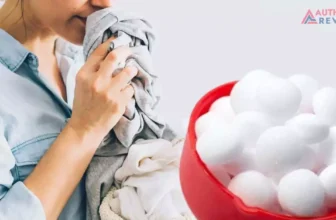How To Remove Stone Sealer – Steps to Eradicate Stone Sealers

A well-sealed floor is one of the essential factors in a home’s indoor air quality. Sealers are designed to help protect the stone and grout from stains and spills while escaping water vapor. However, it is necessary to know how to remove tile sealers when they do not provide protection or prevent the stone from being cleaned.
While most stone sealers are designed to give long-lasting protection, it is necessary to know how to remove sealer from tiles when the sealer is no longer adequate for the homeowner’s needs.
Removing stone sealers can require a certain level of expertise, but it is possible for homeowners to do this themselves. Let’s take a look at the different ways to safely remove stone sealers from your home.
How to remove the stone sealer?
The first step in removing the stone sealer is assessing whether or not you need to do this job. Just because your stone floor is not giving you adequate protection does not mean the sealer needs to be removed.
Removing Solvent Based Sealers
The most common method of stone sealer removal is mineral spirits. Mineral spirits are a solvent that will help lift the sealer off the surface and away from it. However, if your stone sealer has been in place for more than six months, this might not be sufficient to get the job done. If you need to break down the sealer for an extended period of time, switching to a commercial-grade stripper might be necessary.
You must protect yourself and your home before starting the process of removing caulking and sealer from tiles. Because it can take several days to remove all the sealer, clean the floor, pack up any belongings, and move furniture so that nothing gets damaged as the sealer is removed.
Removing Water Based Sealers
Removing water-based stone sealers can be even more difficult than eliminating solvent-based sealers. If your home has a water-based sealer, you may need to break it down before doing anything else. Your best option is ammonia and a scrub brush. Mix one cup of ammonia with two cups of warm water in a spray bottle and scrub away the sealer. Use a nylon brush to work the mixture into the surface of your stripping stones for about five minutes, then rinse with warm water and allow it to dry.
If this does not remove all traces of water-based stone sealers, try using a commercial-grade stripper. Be sure that you follow all the safety precautions for this product before beginning.
How to Clean Your Stone Floor After Removing the Sealer?
Once your stone floor has had time to dry, it is time to clean the area of any residue left behind by the stone water sealer. Use a mild cleaner rather than an acidic or solvent-based cleaner to avoid damaging your stone. And be sure that you rinse the surface thoroughly with clean water after cleaning to avoid staining or etching.
Frequently Asked Questions
The best way to remove sealer from granite or travertine is with mineral spirits. Let the sealer soak into a towel and wipe off with a cloth after waiting several minutes. To prevent discoloration and etching, be sure to rinse thoroughly with clean water and dry completely.
The easiest way to remove stone sealer from brick floors is with a commercial stripper. Follow the directions carefully for this product, and always wear protective gear to avoid skin contact or breathing in the fumes.
It is possible to remove sealer from bluestone with a commercial-grade stripper; just be sure to read and adhere to all the safety precautions. Remember that bluestone is sensitive to acids, so an acidic cleaner might damage your stone surface.
Conclusion
Stone sealers are a great way to protect your home from damage due to moisture and spills, but not all stone floor sealers last the same amount of time. Many homeowners choose to remove their stone sealer themselves if their needs have changed or they need a specific type of protection that the product currently in place doesn’t offer.





